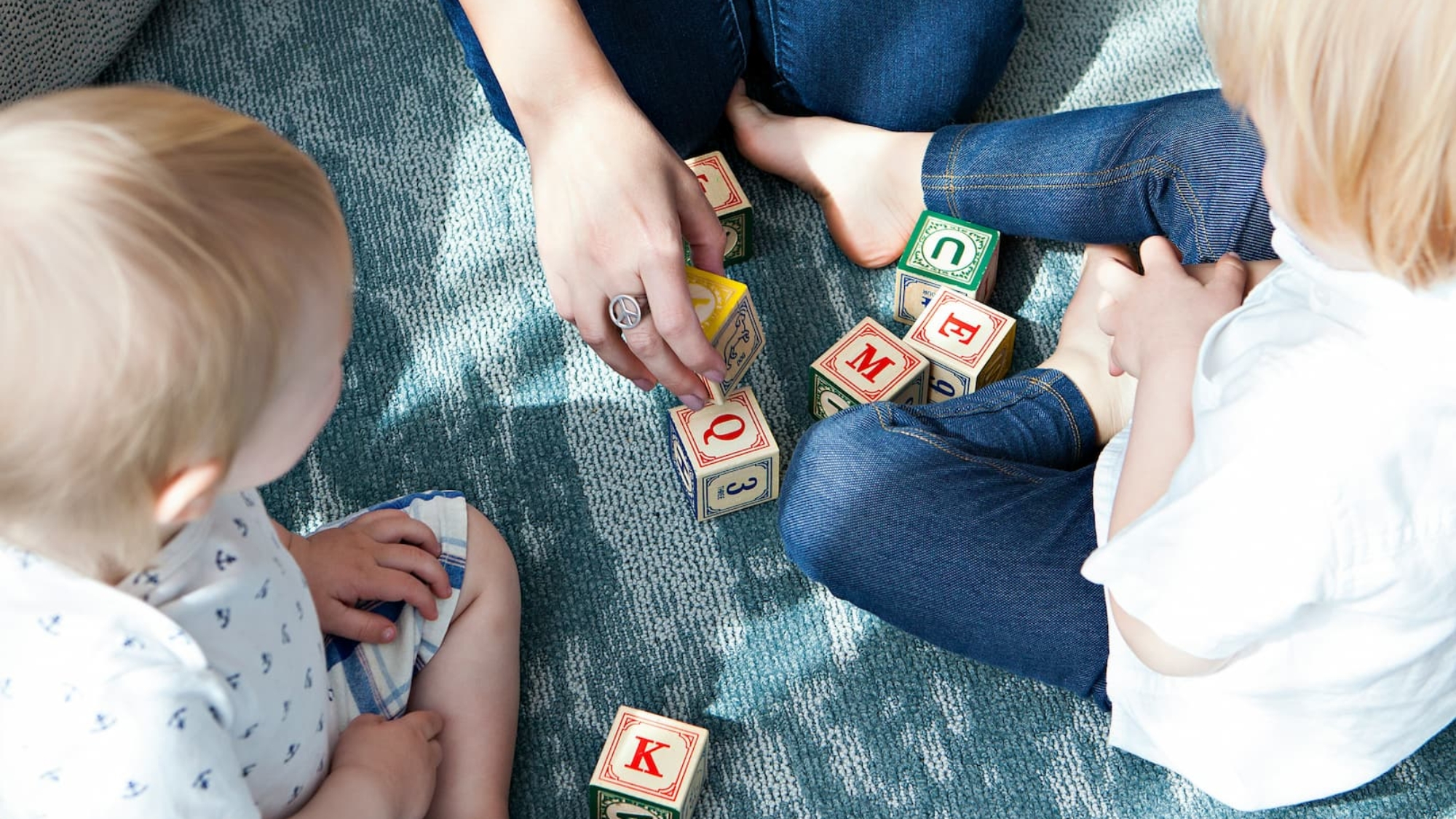Palm Beach Therapy Center – Boca Raton, FL
A child’s world is first shaped by the relationships they witness and experience at home. Among these, the relationship between their parents or primary caregivers has a profound and lasting impact. When spouses demonstrate love, mutual understanding, and consistent support for one another, they create a family environment that fosters emotional security and stability for their children. This foundation is critical for a child’s healthy development across emotional, cognitive, and social domains. Much of this article is derived from the research below and research from Harvard University’s Center on the Developing Child.
The Foundation of Emotional Security
Children are highly attuned to the emotional atmosphere in the home. When spouses treat each other with respect, affection, and empathy, children internalize these behaviors as norms for relationships. According to attachment theory, pioneered by John Bowlby (1969), secure attachment is rooted in consistent and emotionally responsive caregiving. While much of the theory focuses on the parent-child bond, the spousal relationship significantly influences that caregiving quality. A nurturing and cooperative marriage reinforces a sense of emotional safety in the household, which translates into a more secure attachment between parents and children (Davies & Cummings, 1994).
Stability Through Healthy Conflict Resolution
No relationship is devoid of conflict, but how couples manage conflict is key to emotional stability. Research by E. Mark Cummings and Patrick Davies (2010) found that constructive conflict—disagreements handled with calm communication and mutual respect—can actually benefit children. Witnessing their parents resolve conflict in healthy ways teaches children important emotional regulation skills and reassures them that disagreements do not threaten the stability of the family.
In contrast, ongoing marital discord marked by hostility or withdrawal can lead to chronic stress in children, affecting their psychological well-being. A study by Harold and Leve (2012) found that children exposed to unresolved or aggressive parental conflict often display increased anxiety, behavior problems, and difficulties in peer relationships.
Modeling Healthy Relationships
Children learn by example. The way spouses interact provides the primary model for how relationships work and develop their emotional security. Supportive and loving interactions between parents not only contribute to a peaceful home life but also serve as a template for children’s future interpersonal relationships (Bandura, 1977). They learn emotional stability cues on how to express love, resolve differences, offer support, and build trust. These skills carry into their friendships, romantic relationships, and even their professional lives.
Supportive Co-Parenting Enhances Development
When spouses support each other in parenting roles, children’s emotional security benefits from consistency, shared values, and clear boundaries. According to research from the National Institute of Child Health and Human Development (NICHD, 2000), effective co-parenting—where parents back each other up and maintain consistent parenting strategies—has been linked to higher academic achievement, better behavior, and improved emotional regulation in children.
Supportive co-parenting also reduces the stress load on each parent, enabling them to be more emotionally available to their child. This emotional availability is a strong predictor of healthy child development (Belsky, 1984).
Conclusion
The love, understanding, and mutual support between spouses form the emotional backbone of a child’s world. These relational qualities provide more than just a harmonious household—they lay the groundwork for emotional security, teach valuable interpersonal skills, and create a stable environment where children can thrive. Investing in the spousal relationship is, therefore, one of the most impactful ways to nurture a child’s development.
⸻
References
• Bandura, A. (1977). Social Learning Theory. Englewood Cliffs, NJ: Prentice Hall.
• Belsky, J. (1984). The determinants of parenting: A process model. Child Development, 55(1), 83–96.
• Bowlby, J. (1969). Attachment and Loss: Vol. 1. Attachment. New York: Basic Books.
• Cummings, E. M., & Davies, P. T. (1994). Children and marital conflict: The impact of family dispute and resolution. New York: Guilford Press.
• Cummings, E. M., & Davies, P. T. (2010). Marital conflict and children: An emotional security perspective. New York: Guilford Press.
• Harold, G. T., & Leve, L. D. (2012). Parents’ and children’s psychological adjustment: Evidence from studies of genetically informative designs. Journal of Child Psychology and Psychiatry, 53(10), 993–1010.
• NICHD Early Child Care Research Network. (2000). The relation of child care to cognitive and language development. Child Development, 71(4), 960–980.



